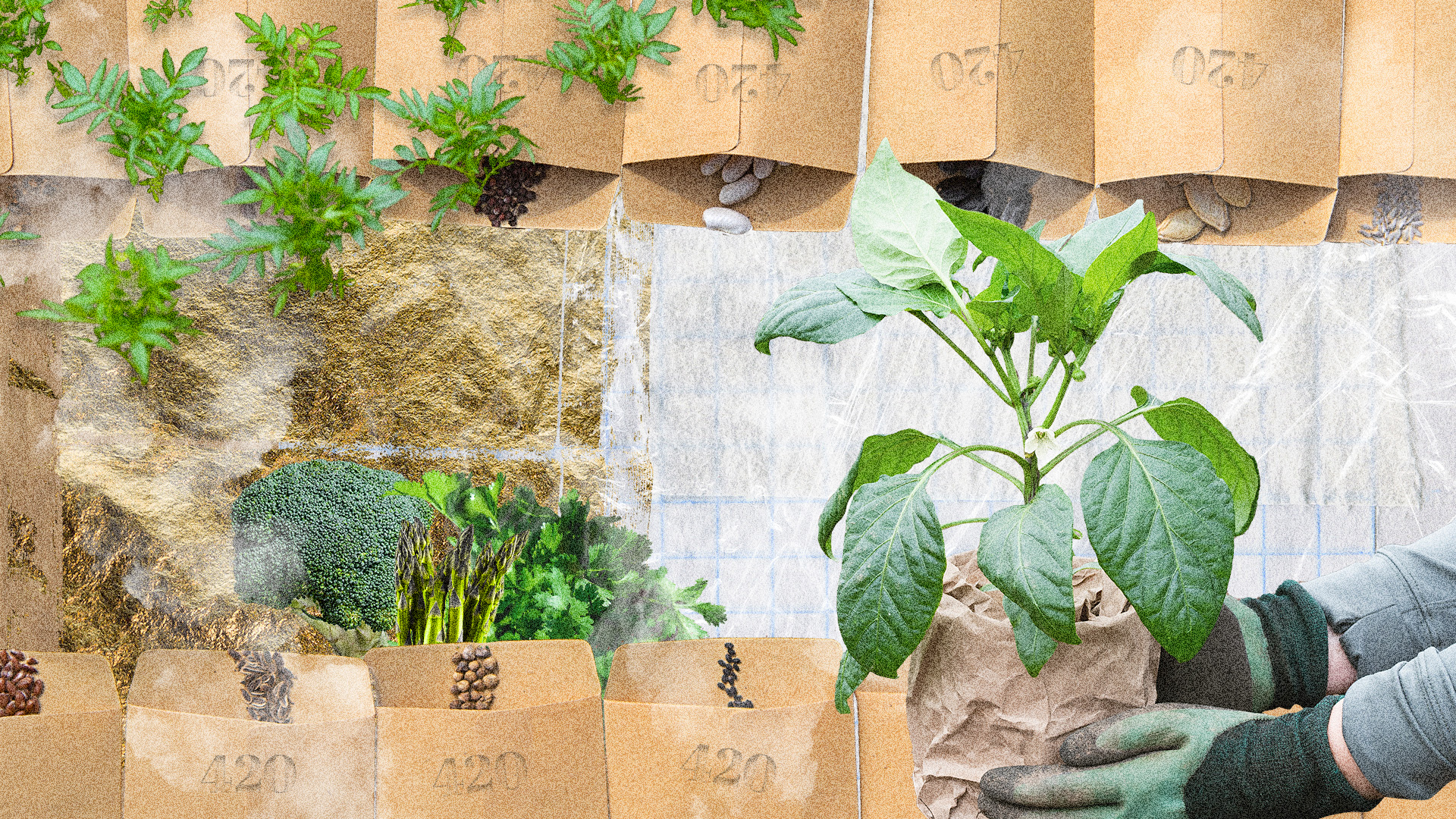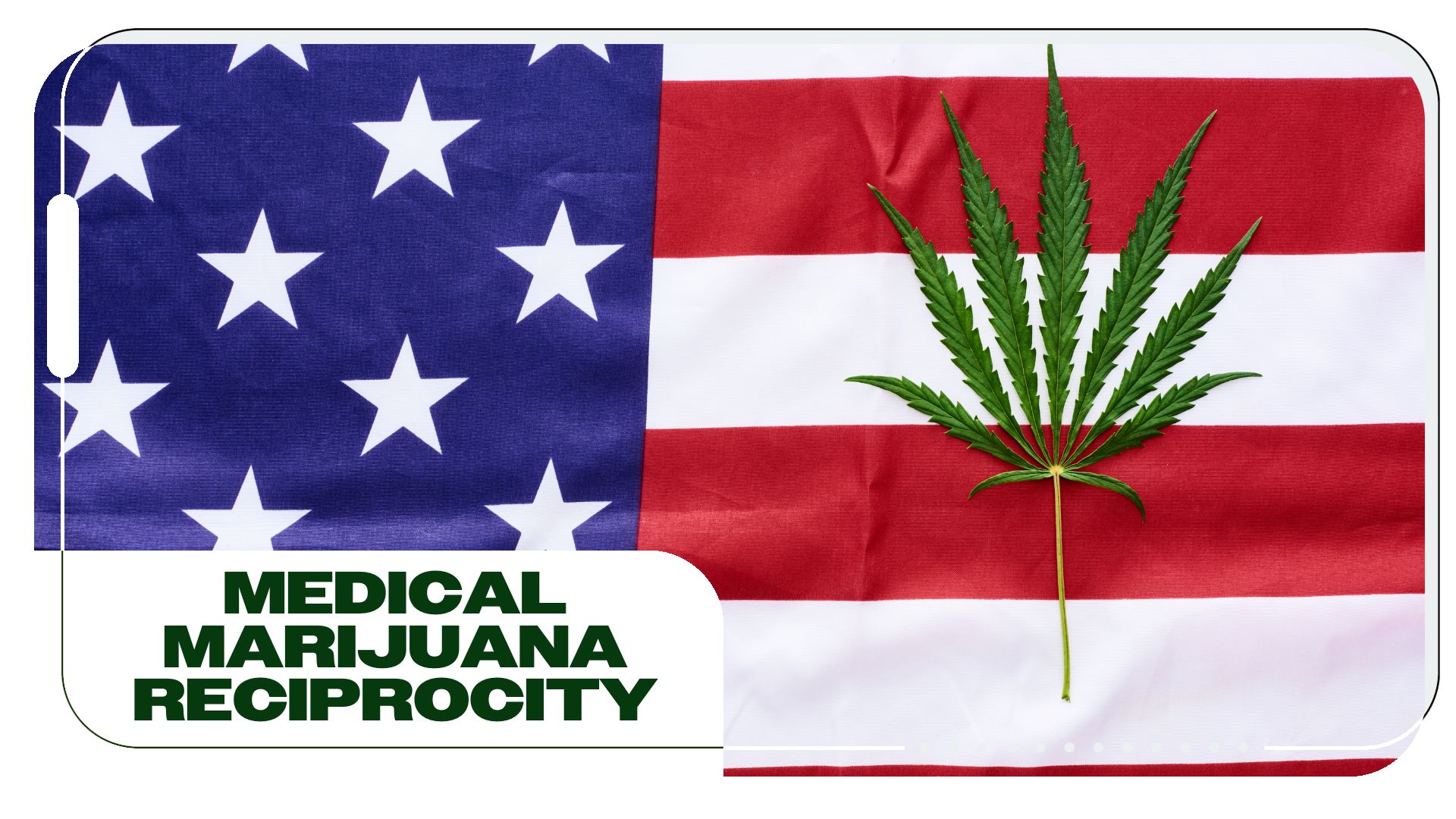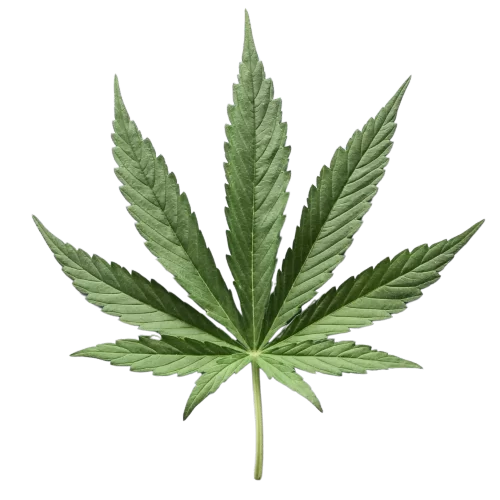Cultivating cannabis can be a rewarding yet complex endeavor. As cannabis enthusiasts and cultivators navigate the nuances of producing quality plants, it is all too easy to encounter common pitfalls that can compromise the quality and yield of the eagerly anticipated harvest. Here, we will explore the top cannabis growing mistakes that novices frequently make to help spare some time for the beginning grower taking on the learning curve toward a successful cultivation venture. Avoiding these common mistakes will prove essential for cultivating healthy, robust cannabis plants that can produce a rewarding and flourishing harvest.
The Top 3 Most Common Growing Mistakes (and How To Avoid Them)
1. Overwatering
Growers of not only cannabis plants but plants in general commonly struggle to determine how much and how often to water. Many new growers make the mistake of thinking plants should have the soil saturated with water consistently. This mistake typically leads to a tendency to overwater. However, keeping the soil constantly wet actually drowns the plant’s roots, preventing growth and development or even killing the plant.
Like the leaves, cannabis roots absorb oxygen, so watering too frequently or too heavily prevents the roots from breathing. As a result, overwatering can result in “root rot” and, ultimately, plant death. Therefore, to establish an optimal watering routine, pay close attention to your plant’s appearance. If a plant’s leaves begin to take on a yellow or dry appearance, your plant may be experiencing root rot from overwatering.
How to Avoid Overwatering Cannabis Plants:
Generally, watering your cannabis plants every few days will be the most healthy for them. It is best to wait until the top one or two inches of soil are dry between waterings. Therefore, you should keep track of how many days it takes for the top of the substrate to dry out, and the counted number of days can then serve as a rule for how often you should water your plants. If the leaves start to wilt slightly, this means the plants may need to be watered more.
2. Overfeeding
In addition to overwatering, overfeeding is also another common growing mistake. Although it seems helpful to give your plants the most abundant nutrition possible, it is possible to provide too much food and nutrients for plants. Rather than supporting healthy plants, feeding in excess can actually do significant damage.
Adding too many nutrients too frequently to plants’ soil can result in chemically burning your plants. Overfeeding also reduces product yields at harvest time or can even kill your plant. Look out for signs of leaf burn—which include leaf browning/dropping and stunted growth—to determine whether you need to reduce the quantity or frequency of fertilizer application.
Why You Should Get Your Medical Marijuana Card
Veriheal has satisfied millions of patients nationwide by giving them access to these benefits
- Larger purchase limits
- Peace of mind
- Enhanced legal protection
- Access to higher potency strains
- Save up to 25% on cannabis purchases
- Skip the line at the dispensary
Not only will your plants fail to thrive in overfed conditions, but you will also waste valuable resources for your growing endeavors by feeding the plants too much. But overfeeding is not always the fault of overeager growers providing excessively aggressive regimens for their plants—the recommendations on many plant fertilizers often call for too much.
How to Avoid Overfeeding Cannabis Plants:
Start by measuring out less of the product than you think the plants will need. It may even be helpful to seek advice from other farmers and experienced growers about their methods.
Another way to reduce overfeeding is to use organic fertilizers, such as compost, because these fertilizers release nutrients more slowly, which can prevent overfeeding. Non-organic, synthetic fertilizers, on the other hand, release a large amount of nutrients quickly, making it easier to overfeed and damage your plants.
3. Harvesting at The Wrong Time
It is additionally important to know when to harvest your cannabis plant to optimize your plant products’ phytochemical profile and potency. Harvesting too early prevents the plant from reaching its peak potency. On the other hand, harvesting too late allows the THC molecules to degrade.
How To Determine the Right Harvest Time for Cannabis Plants
To evaluate the potency of your plant’s flower, observe the trichome coloration daily in the final cultivation week. You will know that it is not yet time to harvest when trichrome heads appear clear or translucent. On the other end of the spectrum, amber coloration indicates that the harvest time is past the ideal window. To hit the best time for harvesting your flowers, aim for trichomes that are cloudy-white in appearance.
>>Learn more about preparing for an outdoor cannabis harvest.
Cannabis Growing Mistakes: Key Takeaways
Mastering the skills for optimal cannabis cultivation requires an observant eye and some patience, but avoiding the above mistakes can make your journey into the art of growing a bit smoother. By addressing causes of common mistakes, novice growers can enhance the likelihood of a bountiful and potent harvest. Another tip is to seek out advice from experienced farmers and growers in the industry for more detailed and nuanced recommendations, and then share what you have learned with others who may want to take on their own growing venture. Communicating knowledge about these special plants and their particular needs helps ensure that cannabis enthusiasts at any level can produce their own plants with confidence and ultimately yield desirable quantity but also quality from their cannabis endeavors. Happy harvesting!
Author, Share & Comments








